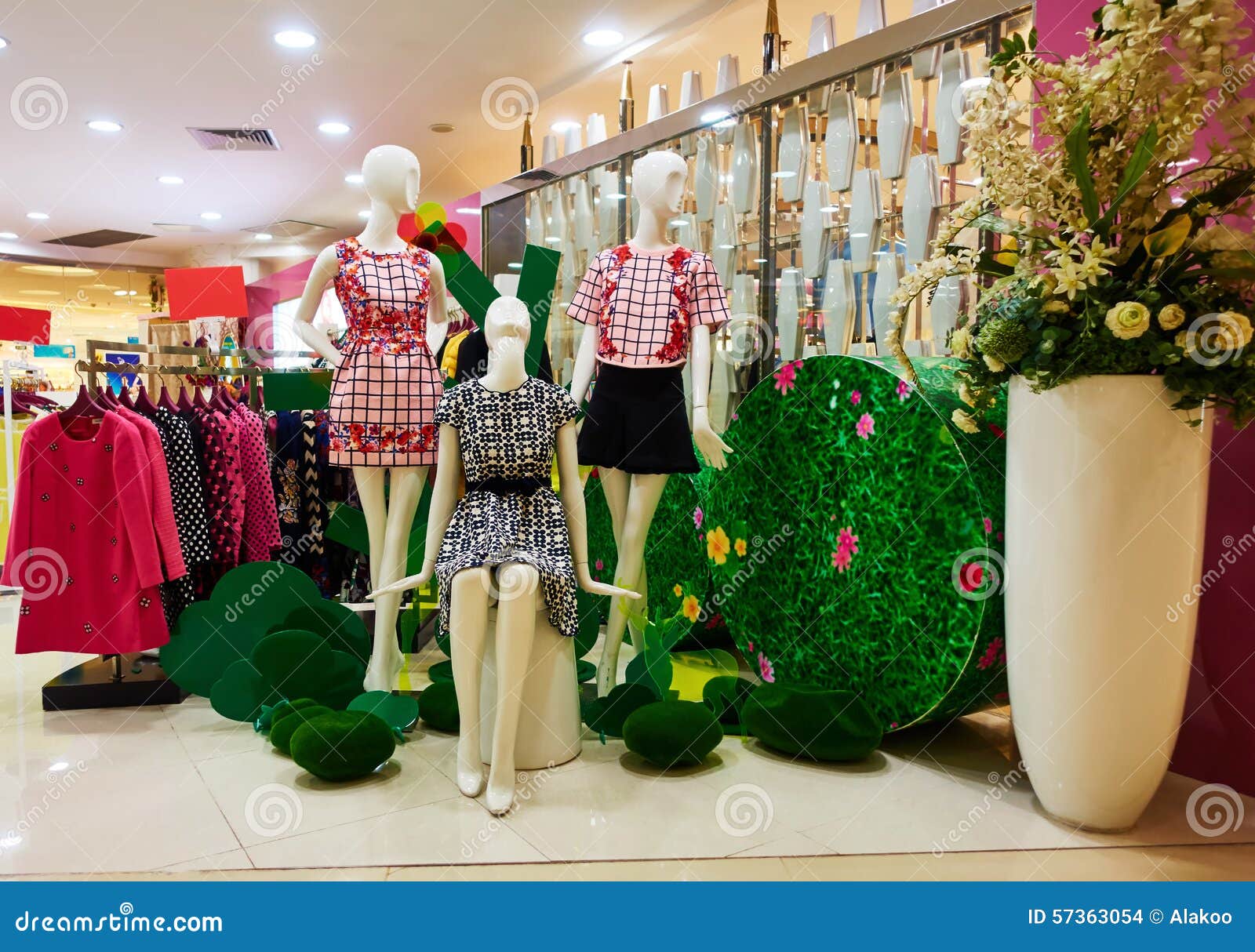Top 10 Essential Item from Your Fave Boutique Fashion Shops
Top 10 Essential Item from Your Fave Boutique Fashion Shops
Blog Article
Exploring the Evolution and Effect of Apparel on Modern Fashion Trends
The evolution of clothes has dramatically influenced modern-day style patterns, merging historical criteria with sophisticated advancements. Iconic numbers like Coco Chanel and Yves Saint Laurent transformed the style sector by introducing principles that focus on convenience and accessibility, which continue to reverberate today.
Historic Style Influencers
In the tapestry of fashion background, certain numbers have left an indelible mark, shaping the patterns and styles that specify whole eras. Coco Chanel, an advanced developer, redefined females's style by introducing comfy, stylish apparel that departed from limiting corsets.
Elsa Schiaparelli is one more pivotal figure, renowned for her progressive designs that integrated surrealist art, collaborating with Salvador Dalí to develop whimsical items that challenged traditional looks. Her innovative usage of shade and vibrant patterns reverberates in contemporary style. Yves Saint Laurent, meanwhile, equalized high style with prêt-à-porter collections, bringing runway styles to the masses and setting a criterion for modern-day ready-to-wear lines.
These visionaries, to name a few, not only reinvented style in their times yet also set withstanding fads that reverberate in today's garment industry, offering a structure whereupon modern-day developers remain to innovate and build. Their traditions emphasize the importance of imagination and bold in vogue's ever-evolving narrative.
Technological Innovations in Fashion
In the middle of the vibrant landscape of the fashion business, technological improvements stand at the center of development, reshaping exactly how developers create and customers engage with style. The assimilation of 3D printing has changed style procedures, enabling designers to explore intricate frameworks and sustainable materials that were formerly inconceivable. This modern technology helps with fast prototyping, reducing waste and speeding up manufacturing times.

Smart textiles, installing innovation into fabrics, are likewise changing the industry. Innovations like temperature-regulating and self-cleaning textiles provide enhanced capability and comfort. Wearable innovation, including features like physical fitness monitoring and interaction, includes a new dimension to style, combining aesthetic appeals with usefulness.
Cultural Shifts and Style
As technological improvements remain to improve the garment industry, cultural shifts are similarly prominent, redefining design and customer choices. In recent times, the increase of social networks platforms has actually increased the dissemination of worldwide style trends, enabling diverse cultural impacts to exist side-by-side that site and converge. This digital interconnectivity has helped with the fast exchange of concepts, bring about an extra comprehensive and eclectic analysis of design that mirrors the multifaceted nature of modern society.
Cultural recognition and admiration have prompted designers to attract inspiration from a more comprehensive range of ethnic and historical contexts, incorporating traditional themes with modern visual appeals. This blend has actually resulted in style that reverberates with a bigger target market, advertising a feeling of identity and belonging across different demographics. In addition, the enhancing demand for personalization has actually driven brand names to supply customizable choices, allowing consumers to express individuality while reflecting their social heritage.
In addition, changing social values have actually impacted style, with inclusivity and variety ending up being central themes. The industry has actually started to embrace designs and influencers of various type of body, ethnic backgrounds, and gender identities, difficult conventional beauty standards. This transformation underscores the power of social changes fit the future of style, as design ends up being an extra authentic expression of personal and collective identity.
Sustainability and Modern Layout
While the fashion industry continues to evolve, the crucial for sustainability has actually ended up being significantly immediate, affecting contemporary style methods. The rise of slow fashion, which emphasizes quality over amount, urges customers to spend this in ageless pieces rather than short-term fads.
In addition, modern-day layout is defined by its advancement in lessening waste and promoting circularity. This method not only reduces environmental influence however also boosts the social duty of fashion houses.

Future Trends in vogue

Sustainability will proceed to be a driving force in forming future fashion fads. The industry is progressively embracing green materials and moral production approaches, reacting to an expanding consumer need for responsible methods. Developments such as bio-fabricated products and closed-loop recycling systems are readied to redefine exactly how clothing is created and eaten, lowering ecological impact while preserving design and quality.
Social changes, including the increase of inclusivity and variety, will additionally play a critical function. As culture becomes a lot more aware of social problems, style is anticipated to become a system for expression and their explanation adjustment. Designers will likely focus on developing collections that reflect a wider array of identities and experiences, promoting representation and availability.
Verdict
The development of garments dramatically impacts modern fashion trends, where historical impacts combine with modern layouts. This recurring advancement highlights style's function as a mirror to societal values and technical innovation, recommending a future abundant with development and inclusivity.
The evolution of clothes has considerably influenced modern fashion fads, combining historical criteria with sophisticated advancements.In the middle of the dynamic landscape of the fashion industry, technical improvements stand at the leading edge of development, improving just how developers create and consumers involve with fashion.While the style market continues to evolve, the vital for sustainability has come to be progressively urgent, affecting contemporary design techniques. As sustainability ends up being embedded in modern-day layout, it paves the means for a much more conscious and liable style market.
The evolution of apparel dramatically influences modern-day style trends, where historic influences combine with contemporary layouts.
Report this page